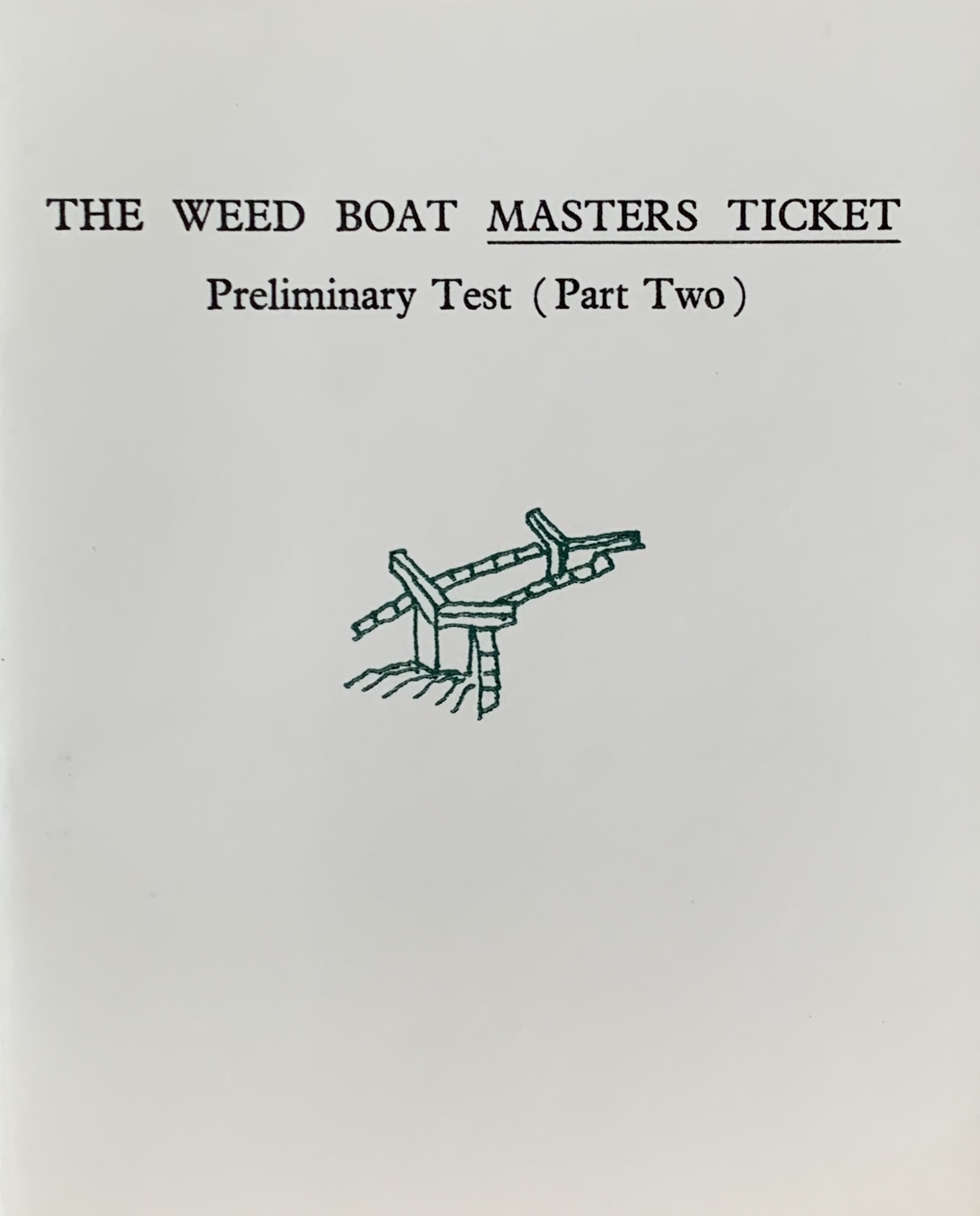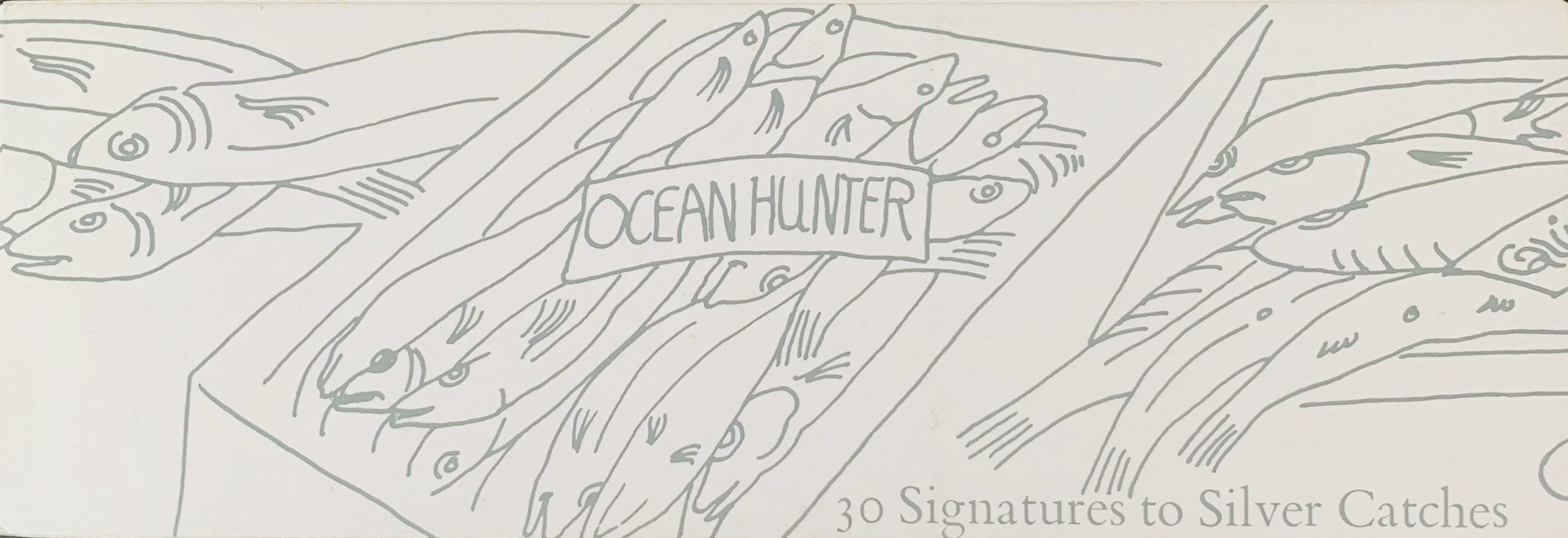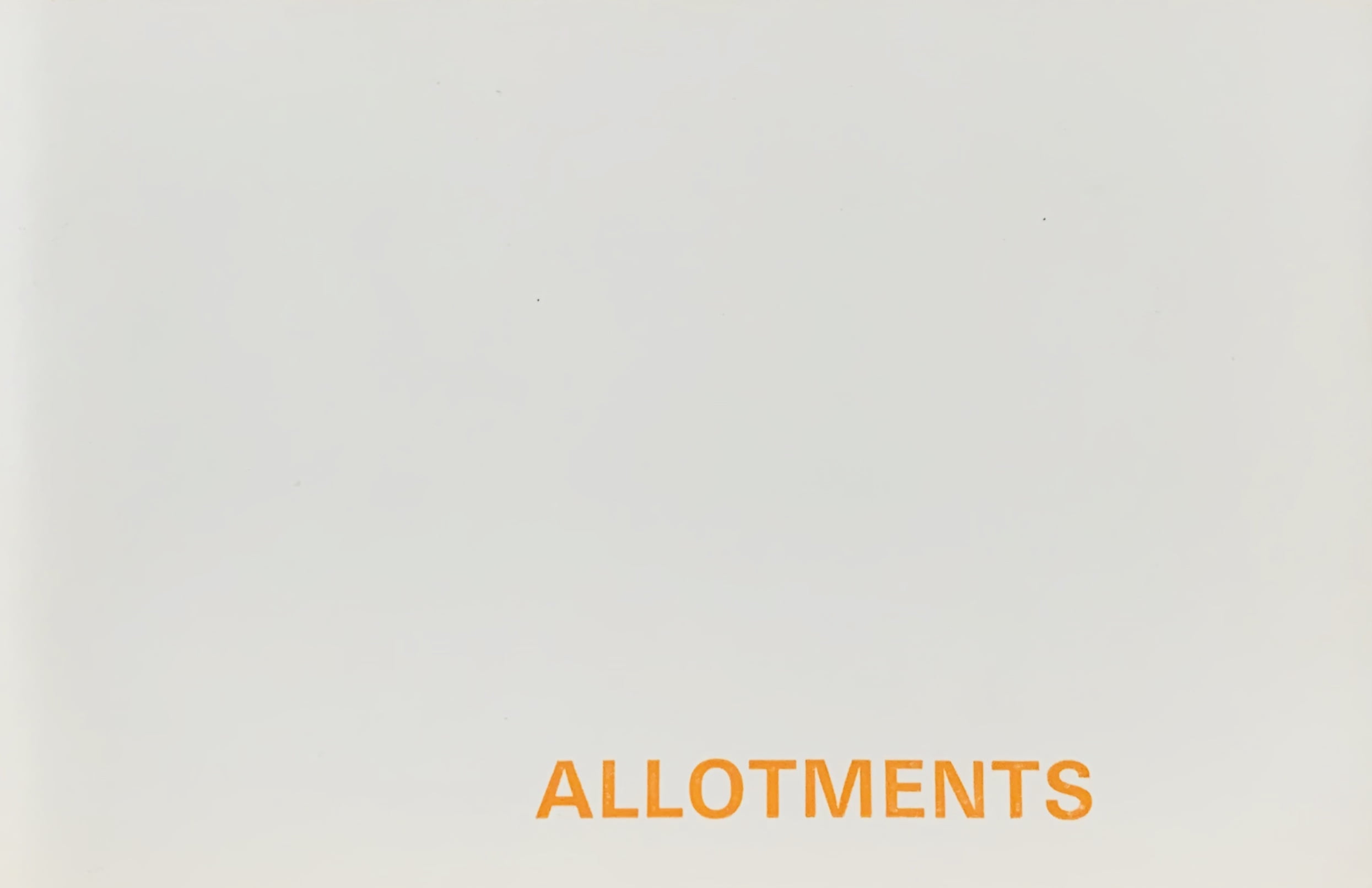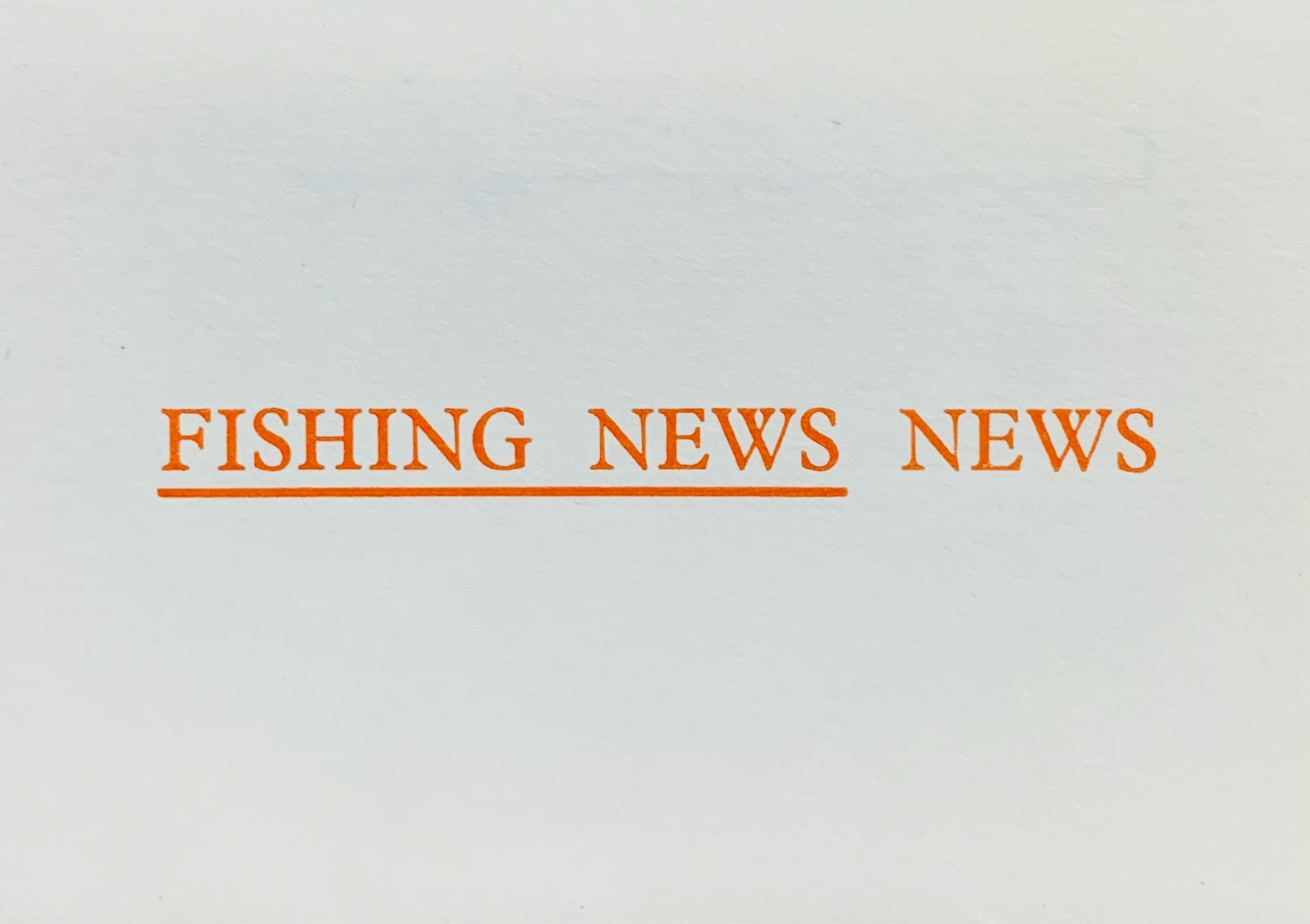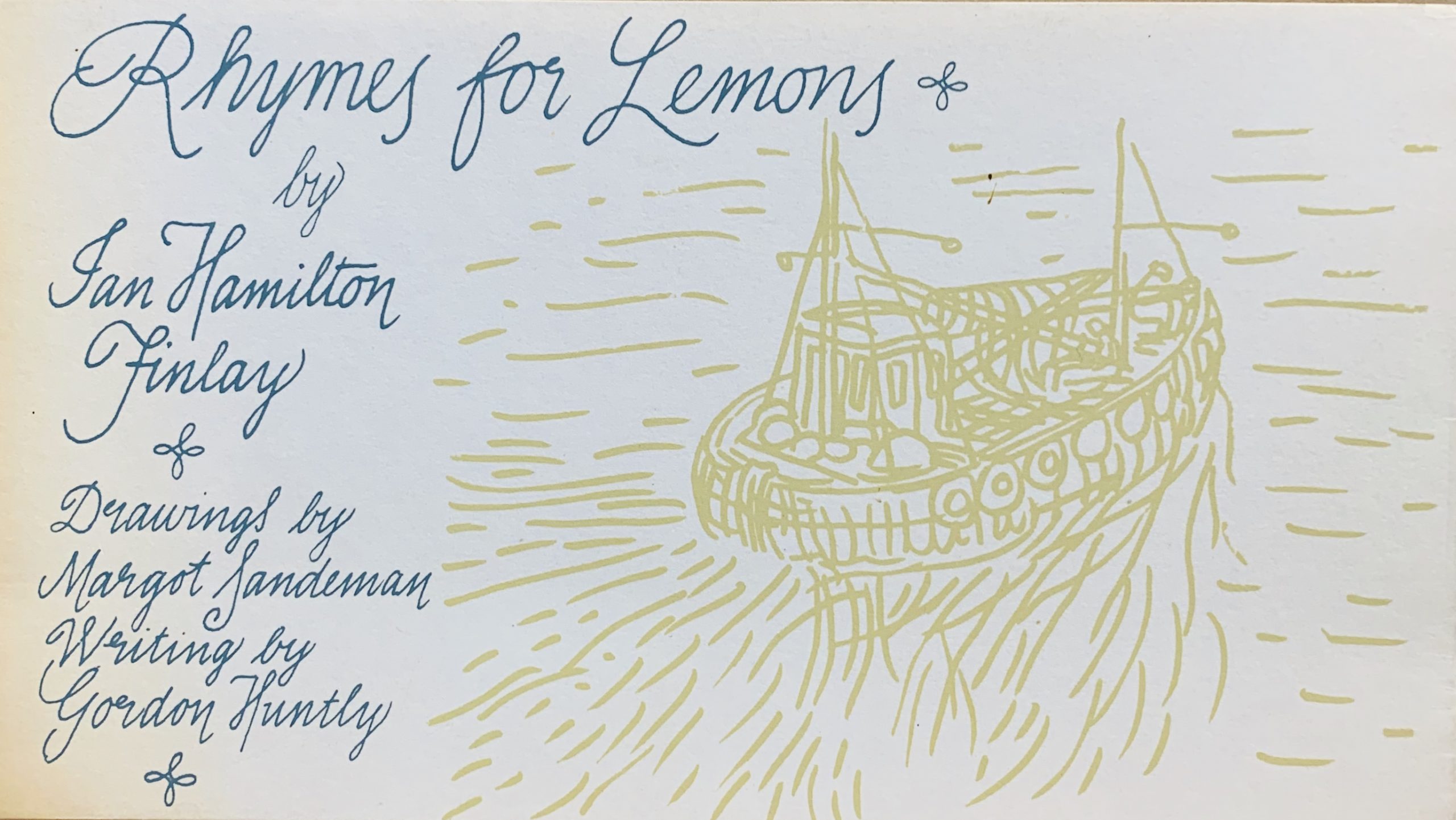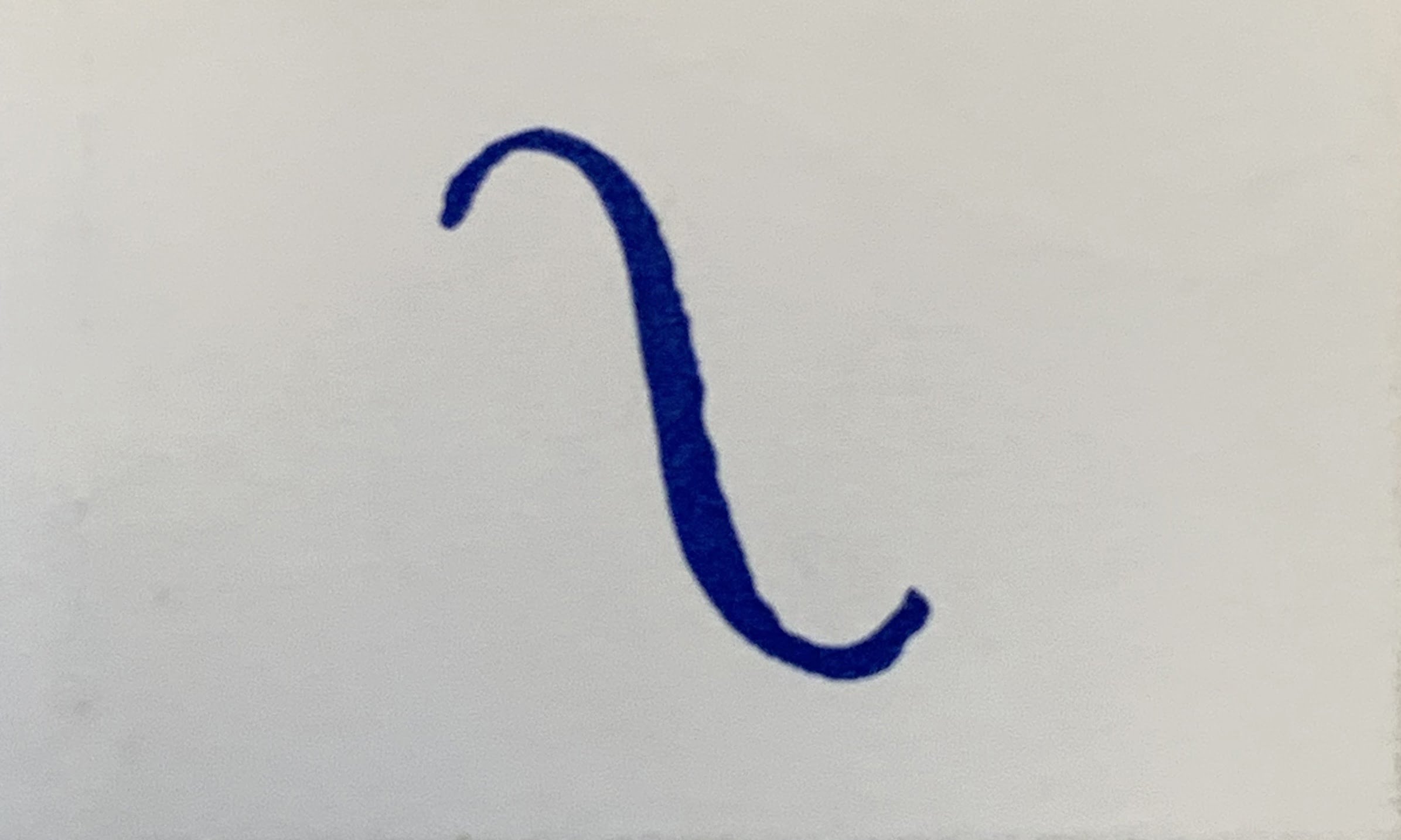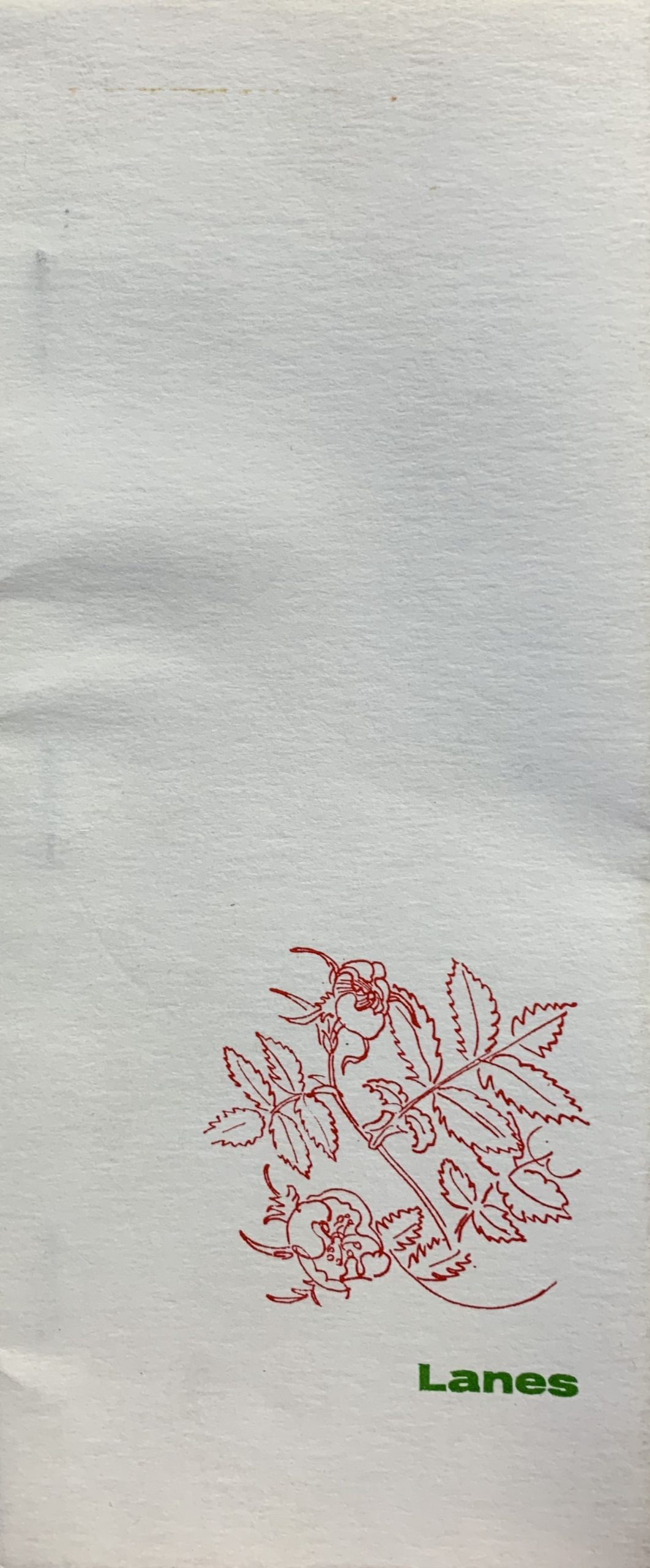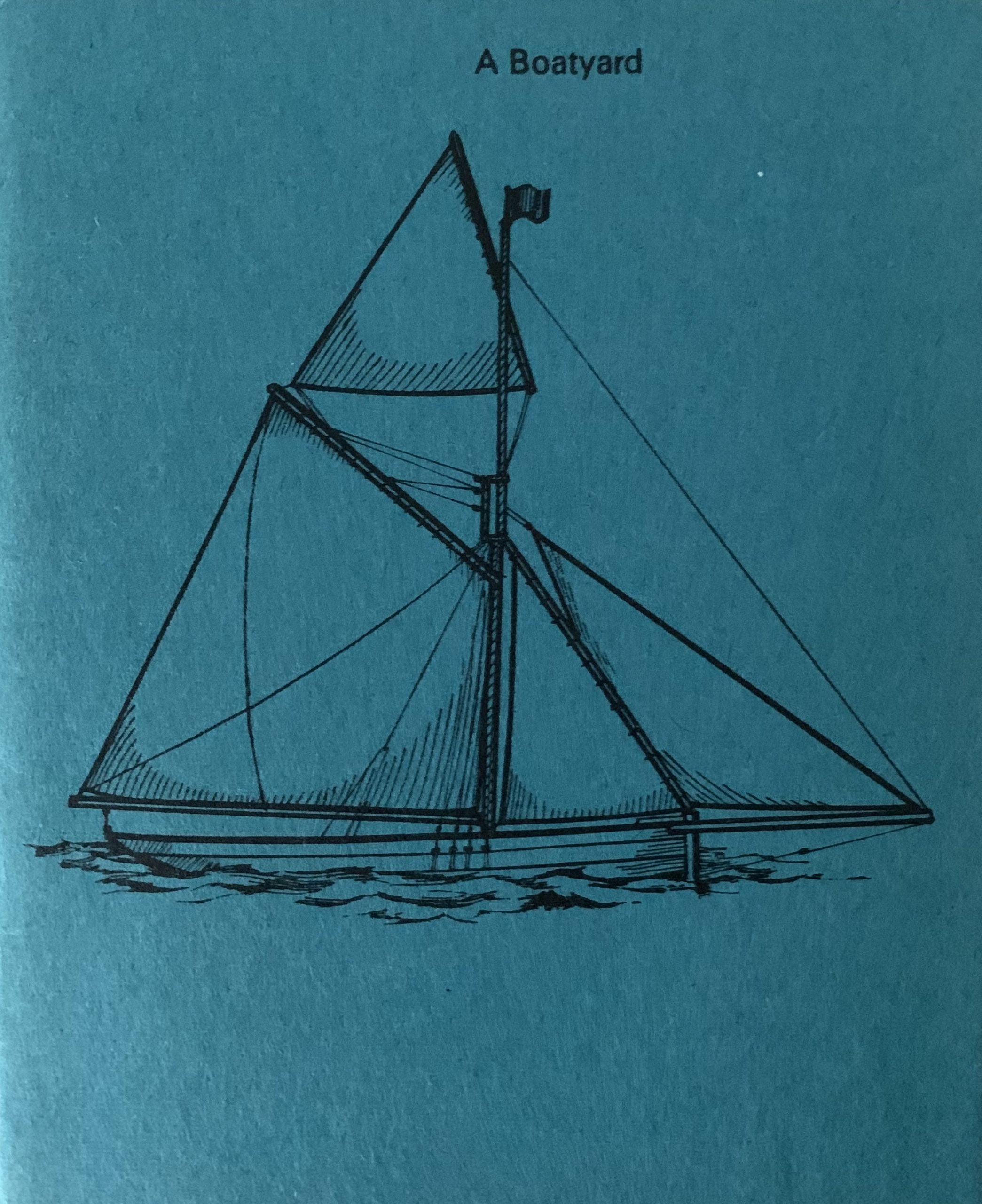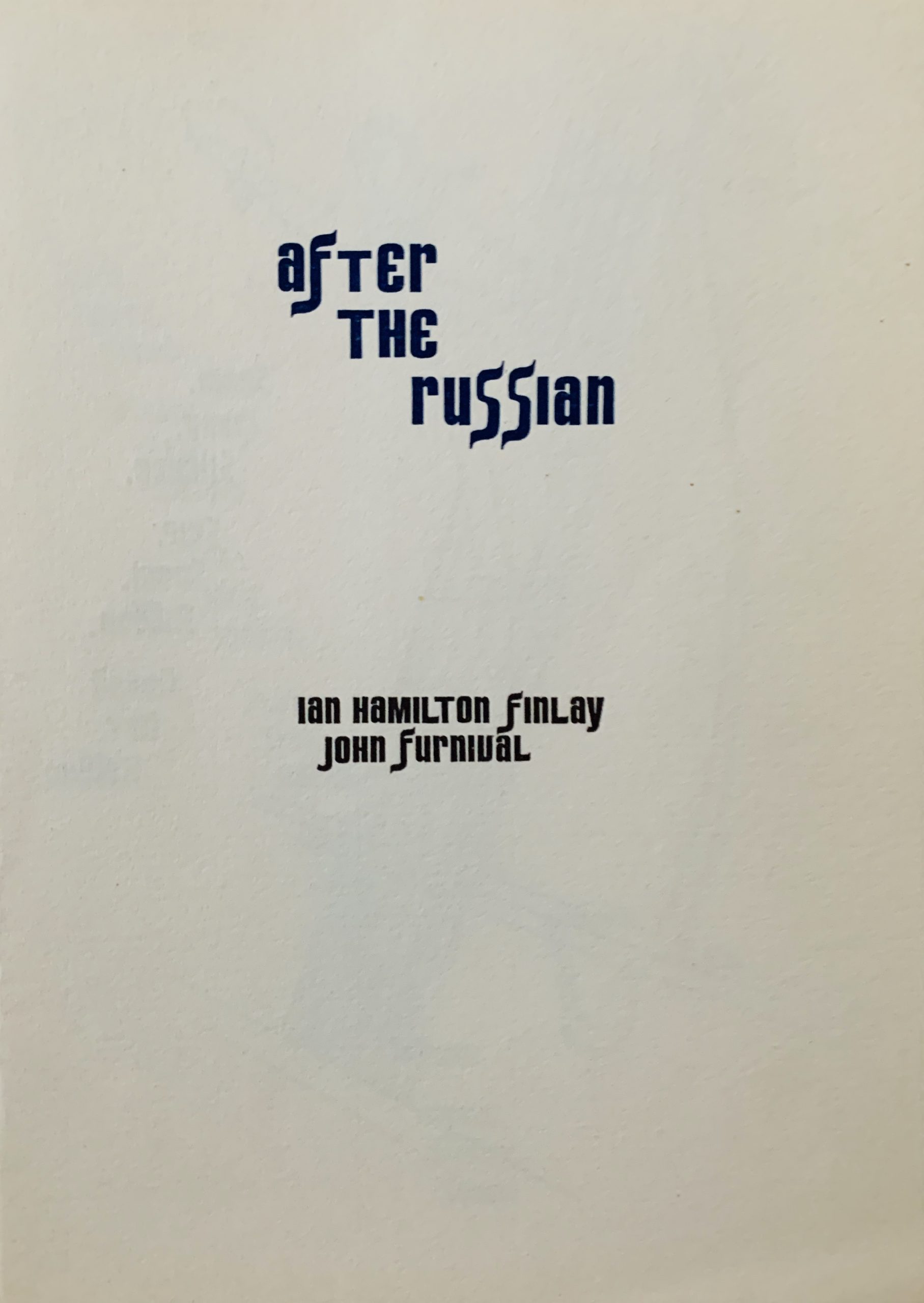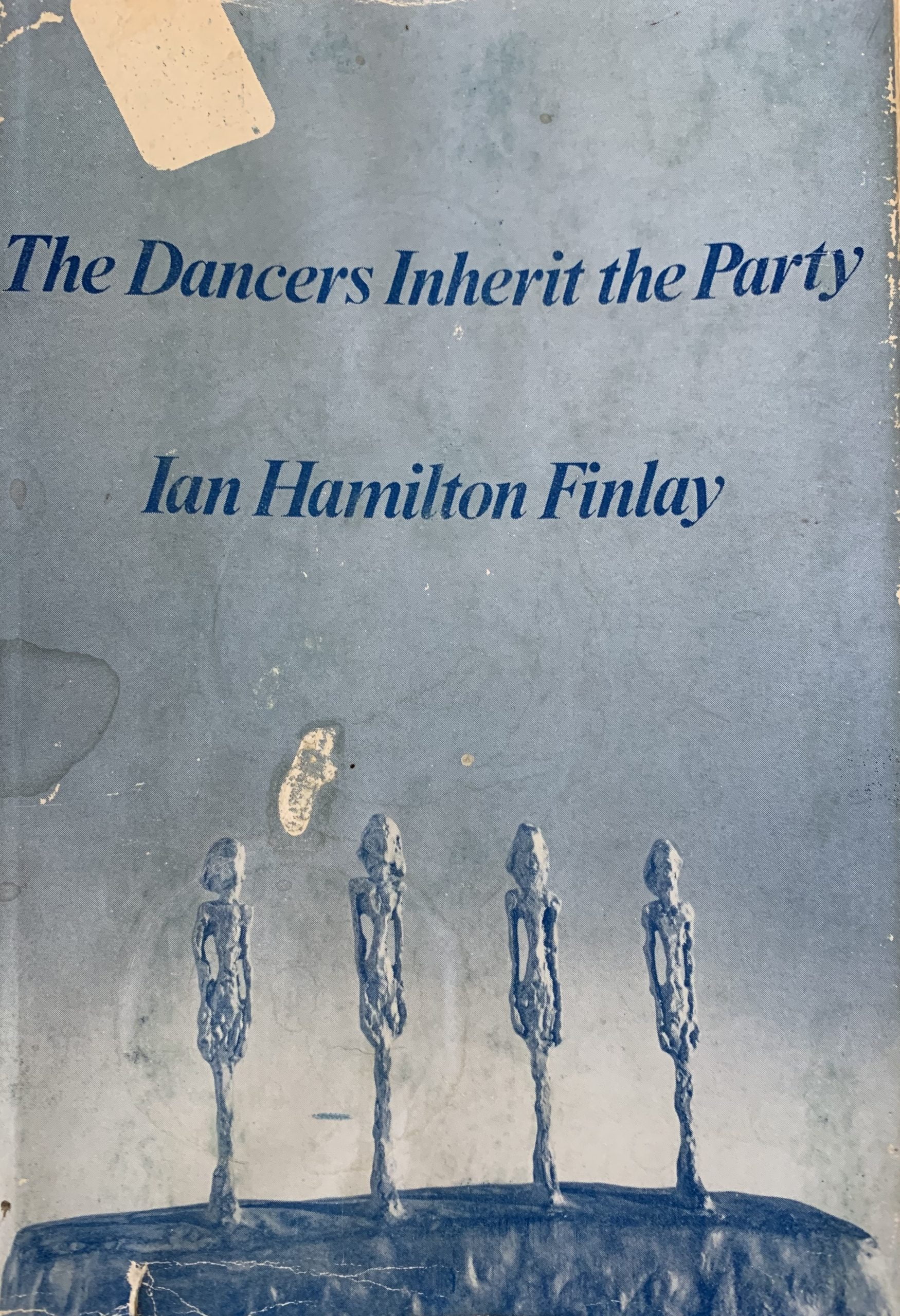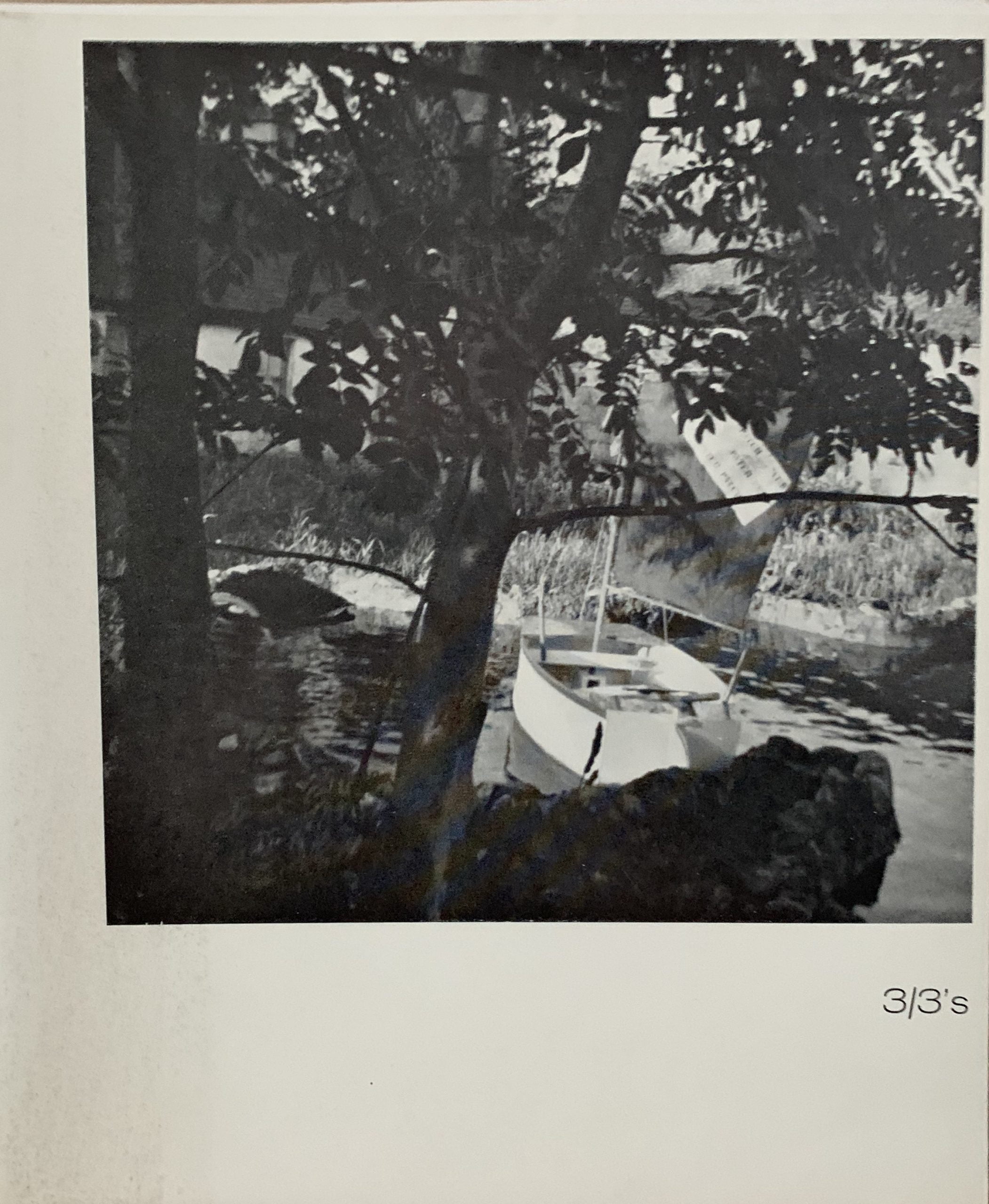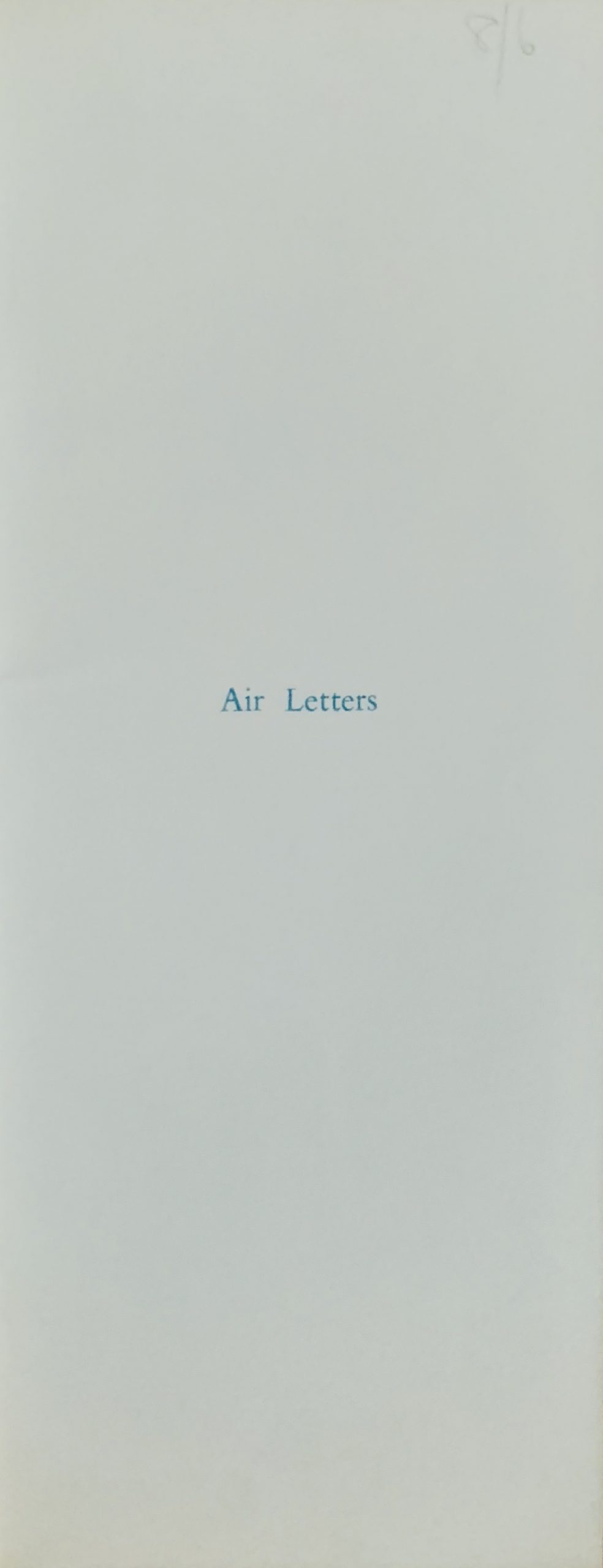07 Mar THE WEED BOAT MASTERS TICKER PRELIMINARY TEST (PART TWO). 1971.
Dunsyre: Wild Hawthorn Press, 1971
12.7 x 10.3cm, 16pp plus wrappers and pictorial dj - artist's book which purports to be a test for the ability to master a Weed Boat. The questions are all jokey and poetic at the same time. For example: "Q. What are the "petals" of the Port of Honfleur?" No answers are given. there are small vignettes on most pages by Ian Gardner.
Part One of the "test" was published in the series "Private Tutor" as issue no. 11 - see the listing elsewhere in these pages.VG+ although staples are minorly rusty
...

